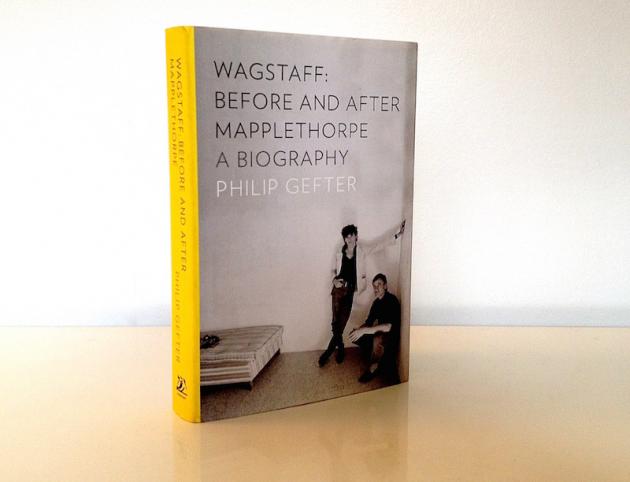Best known for his privileged relationship with the iconic and controversial photographer Robert Mapplethorpe as his lover and mentor, Sam Wagstaff is the subject of an unprecedented thorough survey by Philip Gefter, an American critic and former staffer at the New York Times. His book ‘Wagstaff: Before and After Mapplethorpe – a biography’ published by Liveright Publishing Corporation, is an intimate and eloquent portrait of an enigmatic and powerful visionary who dedicated a large part of his noteworthy career in art claiming the medium of photography as a ‘Fine Art’ form.
The book intelligently looks at Wagstaff’s personal life, complex personality and encounters through anecdotes and historical facts. The biography also provides a snapshot of the New York Zeitgeist of the sixties and seventies, a time of activism and social changes that saw the rise of the gay rights movement. The author mainly inspects the roots of Wagstaff’s avant-garde vision about minimal art and photography and documents his personal achievements as both a curator and a prominent collector of fine art photography.
Good looking, stylish, charismatic and educated at Yale, Wagstaff started his career in the advertising industry and carried on for over ten years before taking a different direction to engage with the art world. His first initiative was to study Renaissance art at the New York University of Fine Arts, which led him to run curatorial projects at the Wadsworth Atheneum and the Detroit Institute of Arts during the sixties. One of his most memorable curated exhibition, as informs Gefter, is the ‘Black, White and Gray’ (1964), unofficially recognised as the first survey to trace the minimalist movement.
Portrayed as a smart person with an eye for art, Wagstaff centered his attention on the medium of photography in the early seventies, collecting photographs from the nineteenth century while photography was still undervalued. The book also traces his encounter, in 1972, with his 25-year old prodigy Mapplethorpe, half his age, which marked a turning point in his personal life and nourished his appetite for photography. In 1984, his extraordinary collection sold to the J. Paul Getty museum for a price in the area of five million dollars. Gefter reveals the scale of Wagstaff accomplishment in bringing about the legitimacy of photography as high art. ‘His choices were often the product of an intricate, underlying calculus that balanced good judgment, refined taste and deep intuition with a basic resistance to expectations.'(p.171)
Overall, the author’s passion for his subject brings the collector and curator to life. Gefter offers a captivating tribute to a man who certainly transformed the fate of photography. Beyond picturing a generation, this book tells the story of a legendary and eccentric tastemaker who deserves recognition on his own right. This journey through this vital period should please photography aficionados, art historians, and nostalgics of the seventies.
Words: Sofia Touzan Photo: P C Robinson © Artlyst 2015

